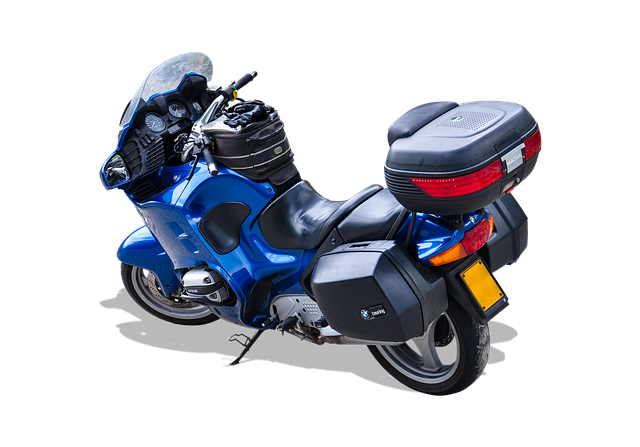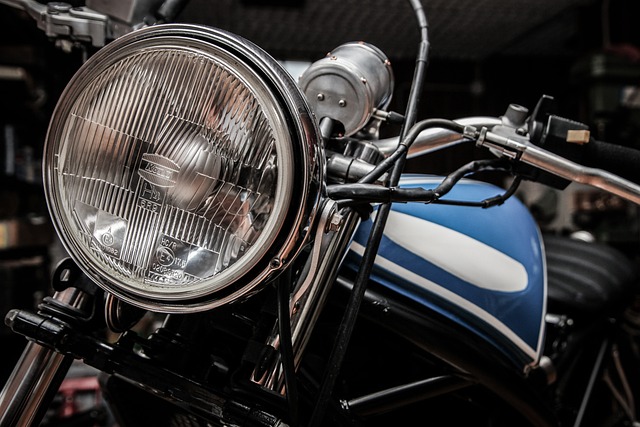Embarking on a long-distance tour with your motorcycle demands meticulous preparation. A pivotal element that often goes unnoticed until it’s too late is the selection of a touring motorcycle battery. This article provides critical insights into choosing the optimal battery for your journey. We delve into key specifications, such as ampere-hours and cold cranking amps, to ensure your ride’s longevity and performance in various conditions. Additionally, we compare different types of touring motorcycle batteries—lead-acid, AGM, and lithium—to guide your choice. With the right battery, coupled with effective maintenance strategies, you can enhance your touring experience significantly.
- Understanding the Importance of Selecting the Right Touring Motorcycle Battery
- Key Specifications to Consider When Choosing a Touring Motorcycle Battery
- The Role of Ampere-Hours in Determining Battery Longevity and Performance
- Assessing Battery Weight and Dimensions for Compatibility with Your Motorcycle
- Evaluating Cold Cranking Amps (CCA) for Reliability in Diverse Weather Conditions
- The Impact of Reserve Capacity on Long-Distance Touring
- Exploring Different Types of Touring Motorcycle Batteries: Lead-Acid vs. AGM vs. Lithium
- Tips for Maintenance and Care to Prolong Your Touring Motorcycle Battery's Life
Understanding the Importance of Selecting the Right Touring Motorcycle Battery
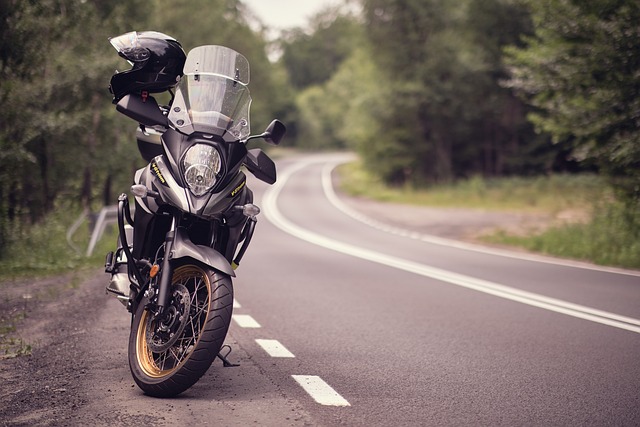
When embarking on long-distance rides, the reliability of your touring motorcycle battery is paramount. A well-chosen battery not only ensures a consistent power supply but also impacts the overall riding experience and safety. Touring motorcycles often come with accessories like navigation systems, heated grips, and audio devices that draw additional current, making the battery selection even more critical. The right battery should have sufficient capacity to support these ancillaries without compromising on runtime or starting performance under various conditions.
To select the appropriate touring motorcycle battery, consider factors such as cold cranking amps (CCA), reserve capacity (RC), and the physical dimensions of the battery. These specifications will determine how well your battery performs at different temperatures and whether it can handle the energy demands of your setup. Additionally, the physical size must match the motorcycle’s available space; a battery that is too large may not fit, while one that is too small might leave you stranded. Always cross-reference the make and model of your motorcycle with the battery specifications to ensure compatibility. Opting for a high-quality battery from a reputable manufacturer can offer peace of mind, knowing that you have a dependable power source for those extended journeys. Proper maintenance and occasional testing will further ensure the longevity and reliability of your touring motorcycle battery.
Key Specifications to Consider When Choosing a Touring Motorcycle Battery
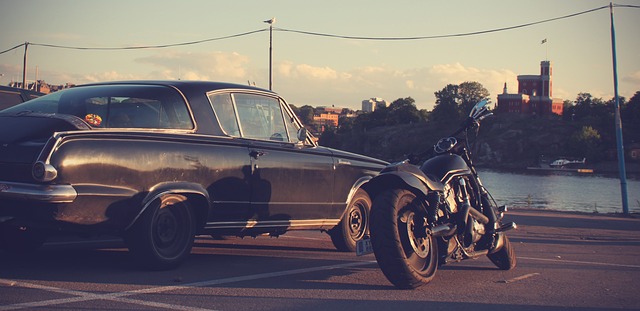
When selecting a touring motorcycle battery, understanding the key specifications is paramount to ensure both reliability and longevity on the road. The first specification to scrutinize is the battery’s amp-hour rating (Ah), which indicates the amount of energy the battery can deliver over a specific period, typically at 20 hours. A higher Ah rating means the battery can power your motorcycle for longer periods between charges, a crucial aspect for extended tours. Additionally, consider the Cold Cranking Amps (CCA) or the Battery Temperature Rating (BTR), which measure the battery’s performance in cold conditions. For touring, it’s essential to opt for a battery with a high CCA or BTR to guarantee reliable starts, even in harsh climates.
Furthermore, the physical dimensions and weight of the battery should align with your motorcycle’s design to ensure proper fitment and balance. A battery that’s too large might not fit within the compartment, while one that’s too small could compromise the motorcycle’s handling. The reserve capacity (RC) is another vital specification; it represents the time a fully charged battery can maintain its charge at 25 amperes before dropping below 1.75 volts per cell. For touring motorcycles, a higher RC provides additional insurance that your electrics will function in case of prolonged idling or unexpected situations. Lastly, examine the type of battery technology, such as lead-acid, AGM (Absorbent Glass Mat), or lithium-ion, with each offering different benefits in terms of weight, longevity, and rechargeability. Lithium-ion batteries, for instance, are often lighter and can hold a charge longer but come at a higher initial cost. Careful consideration of these specifications will ensure that your touring motorcycle battery is up to the task of supporting your adventures on the road.
The Role of Ampere-Hours in Determining Battery Longevity and Performance

When selecting a touring motorcycle battery, understanding the role of ampere-hours (Ah) is crucial for gauging both longevity and performance. Ampere-hours, denoted as Ah, measure the total amount of electrical charge that a battery can deliver over a period of one hour. For touring motorcycles, which often require longer discharge times due to accessories like GPS, audio systems, and additional lighting, a battery with a high ampere-hour rating is essential for consistent power output throughout your journey. A battery with a higher Ah rating will typically last longer, meaning you can ride for extended periods without worrying about your electrical components failing. Moreover, the Ah rating provides insight into the battery’s capacity to hold a charge, which is directly related to its ability to perform under various conditions, including extreme temperatures or high-draw scenarios. It’s important to select a battery with an Ah rating that aligns with your motorcycle’s specific power requirements and anticipated touring demands to ensure optimal performance and extended ride times without the need for frequent recharges.
Assessing Battery Weight and Dimensions for Compatibility with Your Motorcycle
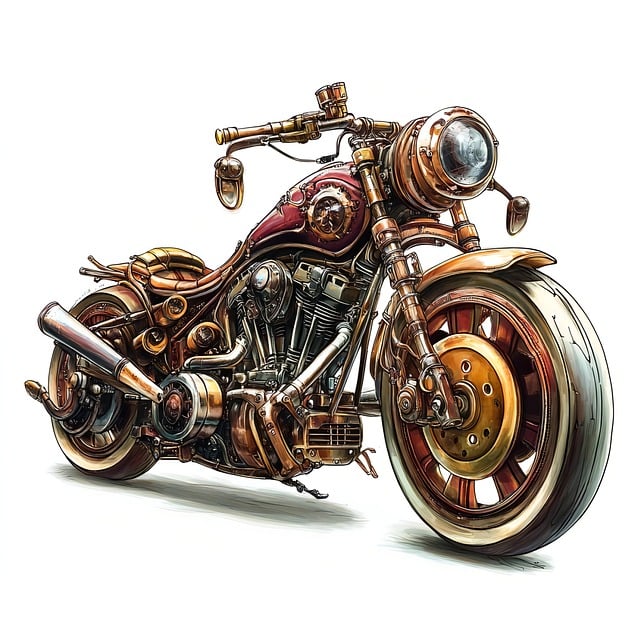
Evaluating Cold Cranking Amps (CCA) for Reliability in Diverse Weather Conditions

When embarking on a tour with your motorcycle, reliability is paramount, especially in diverse weather conditions that can challenge your battery’s performance. Evaluating the Cold Cranking Amps (CCA) of your motorcycle battery becomes a critical aspect of ensuring it starts reliably under various temperatures. CCA measures the battery’s ability to start an engine in cold weather, and for touring riders, this specification is essential. A higher CCA rating indicates a more robust battery capable of withstanding subzero temperatures without failing to crank the engine.
To ensure your motorcycle battery performs consistently, regardless of the climate, you should select a model with an appropriate CCA that matches your region’s typical weather patterns. For instance, if you frequently encounter cold climates, opt for a battery with a CCA well-suited to those conditions. Conversely, if you reside in or often travel through warmer regions, a battery with a lower CCA might suffice, providing the necessary power without excess weight from a higher CCA rating that you don’t need. Additionally, consider a battery with advanced technology such as AGM (Absorbed Glass Mat) or lithium-ion, which not only offer high CCA ratings but also have a longer lifespan and are more resistant to vibration and shocks encountered on long tours. Always refer to your motorcycle’s manufacturer recommendations for the ideal battery specifications and consult with experts or trusted sources when selecting a battery to ensure it aligns with your specific touring needs and the weather conditions you will face.
The Impact of Reserve Capacity on Long-Distance Touring

Exploring Different Types of Touring Motorcycle Batteries: Lead-Acid vs. AGM vs. Lithium

Tips for Maintenance and Care to Prolong Your Touring Motorcycle Battery's Life
